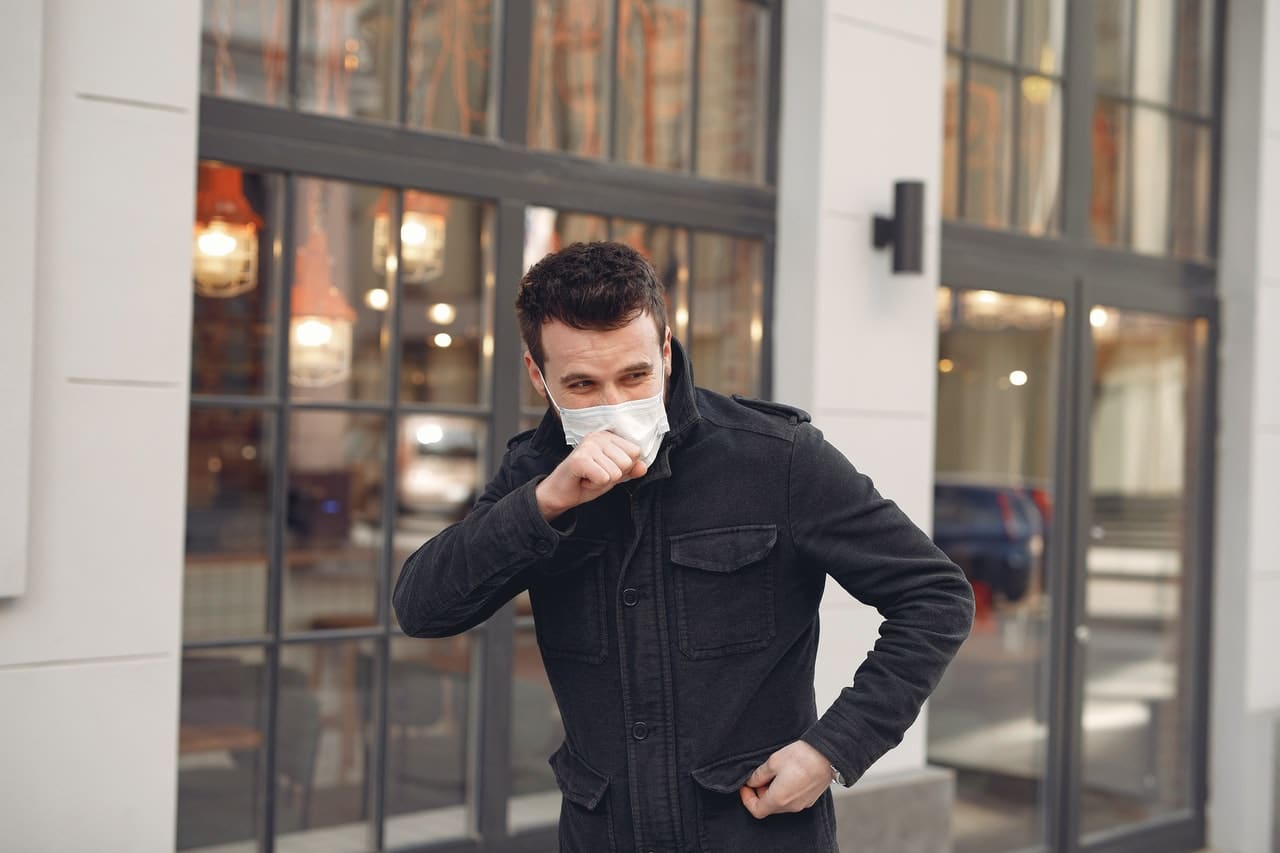Our eyes might play an important role in the spread and prevention of the coronavirus outbreak threatening China and a number of other countries.
For example, a Peking University physician believes he may have contracted the coronavirus while not wearing eye protection when treating patients. Medical officials, though, say while this is possible, it may be unlikely.
Meanwhile, to cut your risk of contracting coronavirus, avoid touching your eyes, nose or mouth with unwashed hands.
The World Health Organization (WHO) also recommends protective eyewear, among other precautions, if you will be near someone with the virus for an extended period.
What is coronavirus?
Reports of a new type of coronavirus (formally called 2019-nCoV) first emerged in late December 2019 in Wuhan, China.
Coronaviruses are a group of common viruses. Some affect only animals (such as bats, cats, camels and cattle), while others also affect people, according to the U.S. National Library of Medicine.
The newest coronavirus can trigger ailments like the common cold, bronchitis, pneumonia and kidney failure; the most severe cases can lead to death. This is the seventh known type of coronavirus, according to the Centers for Disease Control and Prevention (CDC).
How is the new coronavirus related to your eyes?
The relationship between the Wuhan virus and your eyes is complicated.
It’s thought that the Wuhan virus spreads from person to person mainly through airborne “respiratory droplets” produced when someone coughs or sneezes, much like the flu virus spreads, the CDC says. These droplets can land in the mouths or noses of people who are nearby, or possibly be inhaled into the lungs.
Medical experts are unsure whether someone can get this virus by touching a surface or object, such as a table or doorknob, that has the 2019-nCoV on it, and then touching their mouth, nose or possibly their eyes.
Peking University respiratory specialist Wang Guangfa believes he contracted the new strain of coronavirus when he came into contact with patients at health clinics in China.
Wang reported that his left eye became inflamed afterward, followed by a fever and a buildup of mucus in his nose and throat. He subsequently was diagnosed with coronavirus.
According to the South China Morning Post , Wang thinks the virus entered his left eye because he wasn’t wearing protective eyewear.
Dr. Jan Evans Patterson , professor of medicine and pathology in the Long School of Medicine’s infectious diseases division at UT Health San Antonio, confirms that a scenario like Wang’s potentially could happen. In Wang’s situation, she says, respiratory droplets from an infected person might have reached his eyes or other mucus membranes (mouth or nose).
Generally, though, transmission of the new coronavirus comes with so many unknowns that it’s “plausible but unlikely” that it would spread through hand-to-eye contact, says Dr. Stephen Thomas , chief of infectious diseases at SUNY Upstate Medical University in Syracuse, New York.
One of those unknowns: Does the Wuhan virus linger on our skin or other places on our bodies that don’t produce mucus?
How contagious is the new coronavirus?
Currently, it’s not known how “easily or sustainably” the virus spreads from person to person, according to the CDC.
What are the symptoms of the new coronavirus?
Symptoms of the new type of coronavirus include a mild to severe respiratory illness accompanied by a fever, cough and breathing problems, according to the World Health Organization . Other symptoms include runny nose, sore throat and headache.
Symptoms normally show up two to 14 days after someone has been exposed to the virus.
How is the new coronavirus diagnosed?
Health care professionals diagnose the coronavirus through lab tests of respiratory or blood samples.
Is there a vaccine or treatment for the new coronavirus?
So far, no vaccine or antiviral treatment has been identified. Therefore, the best method for limiting the spread of this virus is to quickly isolate people who have it before they infect others, the Harvard Business Review says.
How can you cut your risk of contracting coronavirus?
The Virginia Department of Health offers these tips for prevention of the coronavirus:
- Wash your hands often with soap and water for at least 20 seconds. This is especially important after coughing or sneezing, before and after caring for a sick person, and before fixing or eating food. If soap and water aren’t available, use an alcohol-based hand sanitizer. It’s especially important to wash your hands after coughing and sneezing.
- Cover your nose and mouth with a tissue when you cough or sneeze, and then toss it in the trash.
- Avoid touching your eyes, nose or mouth with unwashed hands.
- Avoid close contact with people who are sick.
- Clean and disinfect frequently touched surfaces and objects, such as toys and doorknobs.
- Stay home when you’re sick, except when you require medical care.
- Wash your hands after coming in contact with animals, and after visiting farms, markets, barns, petting zoos and agricultural fairs.
If you’re going to be around a person with coronavirus for an extended period of time, you should be equipped with protective eyewear, a surgical mask, medical gown, medical gloves and a disposable respirator, WHO says.
How did this coronavirus start?
The source of the new coronavirus is unclear. The virus likely originated from the animal kingdom but now is spreading from person to person.
What are some other common varieties of coronavirus?
You’ve probably heard about two well-known types of coronavirus: severe acute respiratory syndrome (SARS) and Middle East respiratory syndrome (MERS).
Worldwide, nearly 8,100 people became infected with SARS during a 2002-03 outbreak that started in China. No new cases of SARS have popped up since 2004, the Virginia Department of Health says.
Since it initially was discovered in 2012, nearly 2,500 cases of MERS have been confirmed, primarily in Arab nations.
Article from AllAboutVision.com.
[geolocation]



Leave a Reply